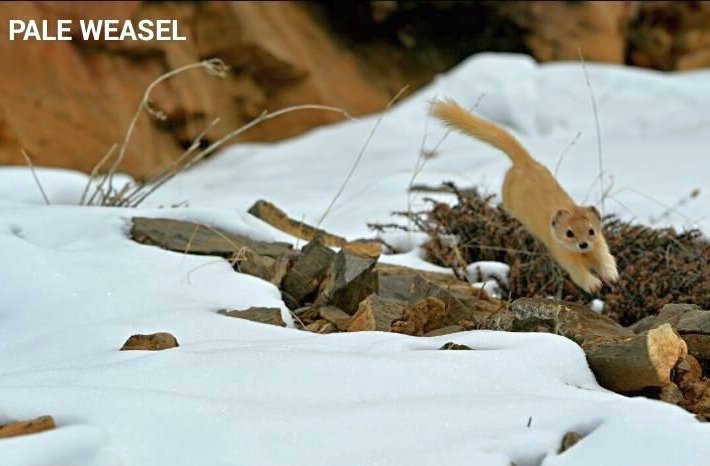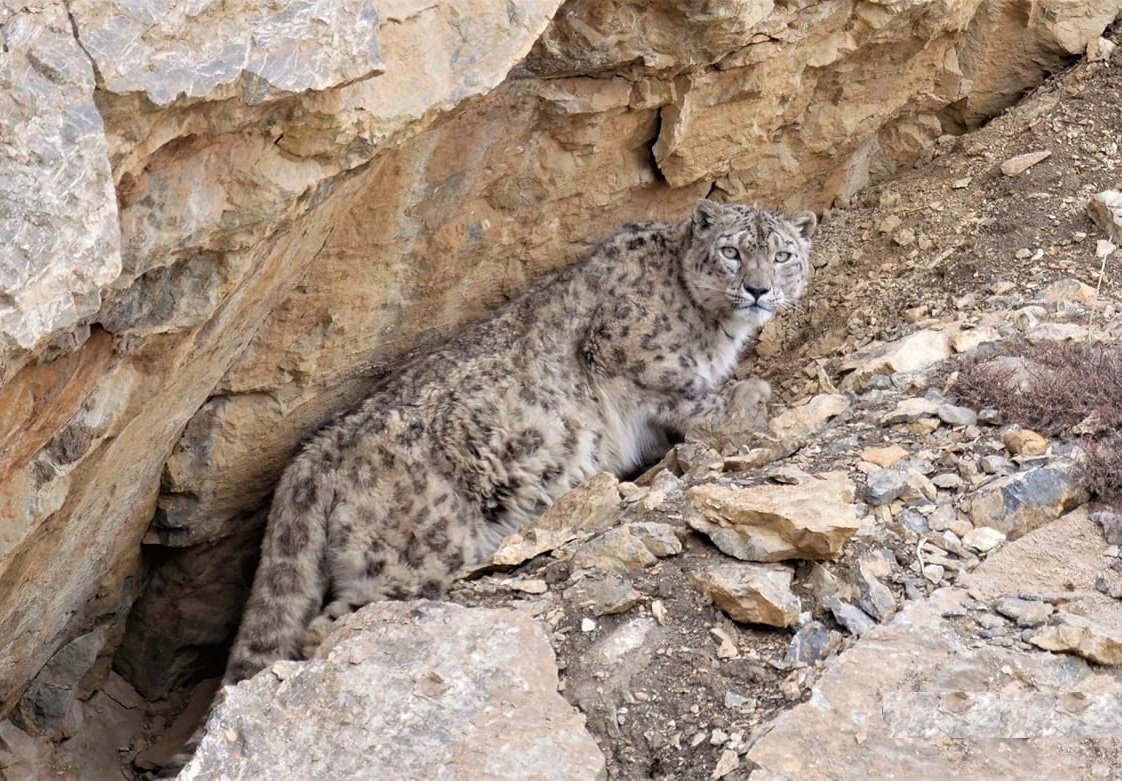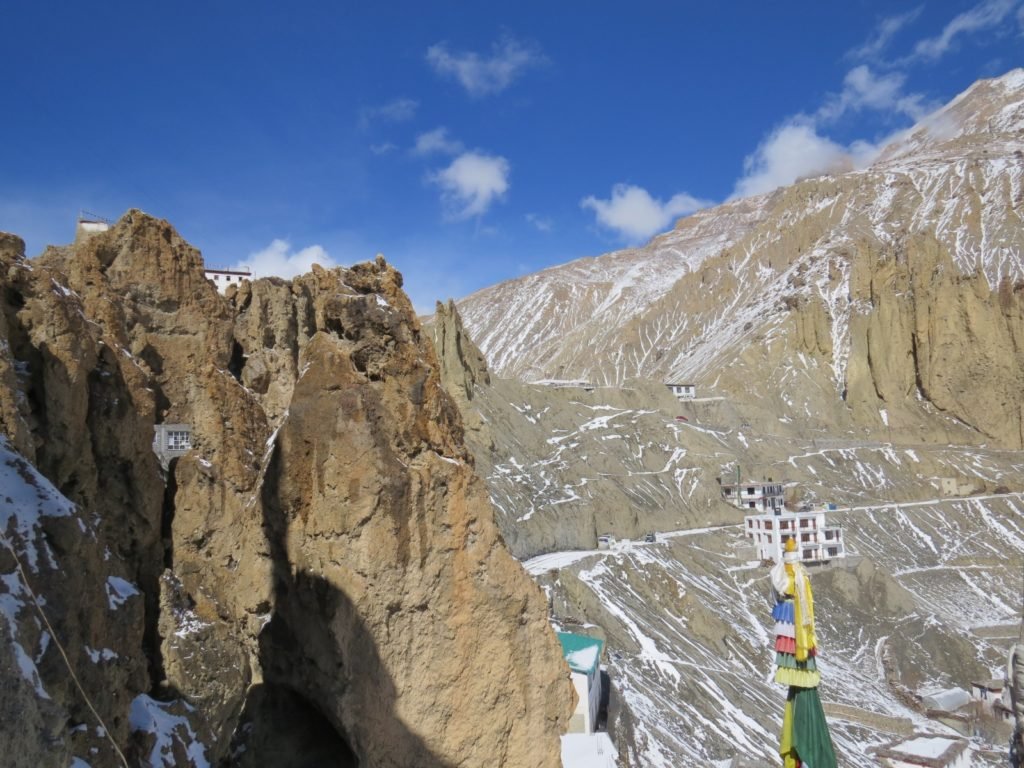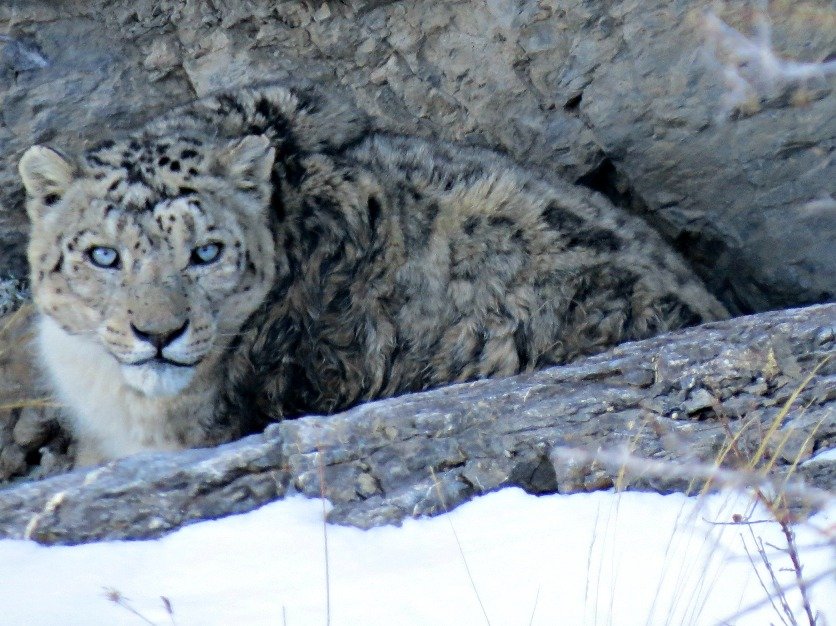
Inner Line Permit (ILP) for Kinnaur & Spiti Valley (Step-by-Step Guide)
Inner line permit is an official travel document that allows an Indian citizen to travel to restricted/protected borders areas of India. Prior to August 2021, such areas extended from Ladakh Union Territory to Arunachal Pradesh all along the India-China border.
Ladakh UT administration waved goodbye to the ILP condition for domestic tourist in August 2021.
Among northeastern states of India, Arunachal Pradesh, Mizoram, Nagaland, and Manipur state comes under the purview of ILP system.
Before 11 December 2019, ILP was only applicable to frontier states of Arunachal Pradesh, Mizoram, and Nagaland. A presidential order was signed on the day extending the purview of ILP to Manipur.
Apart from these Himalayan regions for India, ILP is also mandatory for Indian tourist planning to visit Lakshadweep (an archipelago off the coast of Kerala in the Arabian Sea).
ILP is only relevant to domestic Indian travellers. If a foreign national wish to visit the region that falls beyond the inner line, he/she has to apply for the inward travel permit under Protected Area Permit (PAP).
So, if you’re a foreign national looking to explore these stunning regions, PAP is your pass.
Under the Foreigners (Protected Areas) Order 1958, a protected area is the area between the inner line and the international border.
The following regions of Kinnaur & Spiti valley falls under the protected area:
| Villages of Pooh block of Kinnaur | Spiti valley |
| Sumra, Shalkhar, Chango, Nako,Maling, Maling Dogri, Yangthang, Kaa, Leo, Hango, Chuling, Hangmat, Namgia, Khab, Tashigang, Dubling, Dabling, Pooh, Shayaso, Sunnam, Giabong, Taling, Ropa & Rushkulang, Nesang, Kanam, Labrang, Spillow, Moorang, Gramang, Thobaring, Khopka, Shilling, Ruwang, Thangi, Lumber, Charang, Kunu, Lippa and Asarang. | Dhankar, Shichling, Tabo, Hurling, Lari, Gue, Sumdo, Korik |
Under the section 3 of the Foreigners (Protected Areas) Order 1958:
“No foreigner shall enter into or remain in any protected area except under and in accordance with a permit issued by the Central Government or any Officer authorized by the Central Government in this behalf.
ILP/PAP for Northeastern States Vs ILP for Kinnaur and Spiti valley
| Kinnaur & Spiti valley | Northeastern states |
| Not required for Indian citizens | ILP is mandatory for Indian citizens. |
| Foreign nationals* can apply for ILP/PAP and visit the region. It is granted as a matter of routine. | Foreign nationals can apply for PAP, but it is issued only in extraordinary circumstances. |
| Application through offline process only | Application through online and offline process. |
An ILP/PAP holder can only visit the designation places (mentioned in the permit) for the period one is authorized to.
The permit is granted for a group of two or more people only, and you can’t stay in the protected/restricted region after the permit gets expired.
How to get ILP for Kinnaur & Spiti valley?
These deep gorges near Chicham village are the sanctuary for Snow Leopards
One can apply for Inner line permit either at
- District Collector/Magistrate (DC) office, Shimla
- DC/SDM office, Reckong Peo.
- DC office Kullu
- SDM office, Keylong.
- SDM office, Bhaba Nagar (Kinnaur)
- ADC/SDM office, Reckong Peo
- SDM office, Pooh (Kinnaur).
- ADC office Lahaul & Spiti at Kaza.
Essential documents you need to submit for permit application
- A copy of your valid Visa
- A copy of your valid Passport
- A completely filled-out application form
Note: Passport size photos are not required for the ILP application. Though, we recommend you to carry them with you.
Best places to get Inner Line Permit?
Reckong Peo and Pooh permit offices are the recommended places to get the permit. At these places, applicants are few, and permit processing time is relatively less than the other permit offices. So, if time is running a bit short, and you’re not keen on getting caught up in the permit paperwork, these offices should be your go-to choices.
Process
Whether you’re applying for ILP travel permit at ADC office Shimla, ADC office Kaza or at SDM/DTDO office Reckong Peo, the application process remains, more or less, the same.
Here is the step-by-step process:
- Carry your visa and passport with you and make copies of them.
- Fill out the application form.
- Submit the application to the designated officer.
- Pose in front of the webcam to get yourself photographed (at Sugam Center if you’re applying at Shimla permit office).
- Your application will be reviewed by ADC/SDM.
- The officer will ask some routine question (about the nature of your visit and itinerary) from you.
- Wait for the application to get approved.
Note: If you are a citizen of Pakistan, Afghanistan or China, application for ILP for Kinnaur Spiti valley wouldn’t be approved by any of the designated offices. If this case, your application can only be approved by Ministry of Home Affairs, New Delhi.
If you have any questions/doubts about Kinnaur-Spiti ILP application/processing, you can contact the concerned authorities at Shimla and Reckong Peo.
Wildlife map of Lahaul & Spiti district of Himachal
Kinnaur-Spiti travel permit (ILP) fee
Officially, the ILP fee is 250 rupees. Though, if you apply for ILP at Shimla Sugam Center, the fee is 400 Rs. At Reckong Peo permit office, you can get the ILP for 250 rupees if you don’t involve a local travel agent in the process.
The Sugam Center guys at Shimla and local travel agents at Reckong Peo charge the additional service fee in lieu of faster travel permit processing and helping you sail through the process smoothly.
Infographic of Snow Leopard Habitat
Population estimate of Snow Leopards in Kibber WLS of Himachal Pradesh
Event Registration
Fields marked with an *are required
.png)




















































